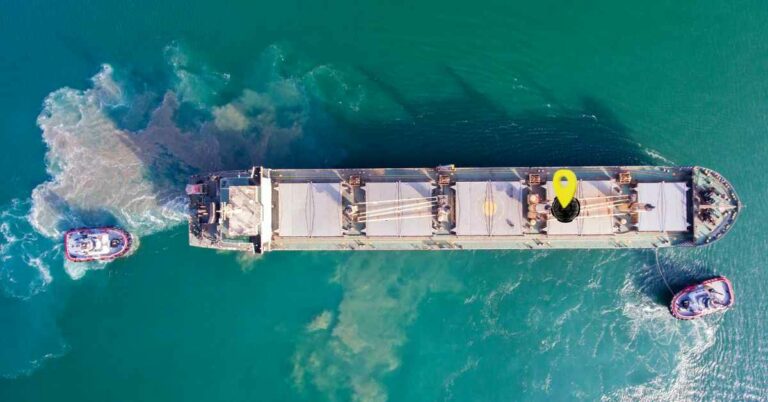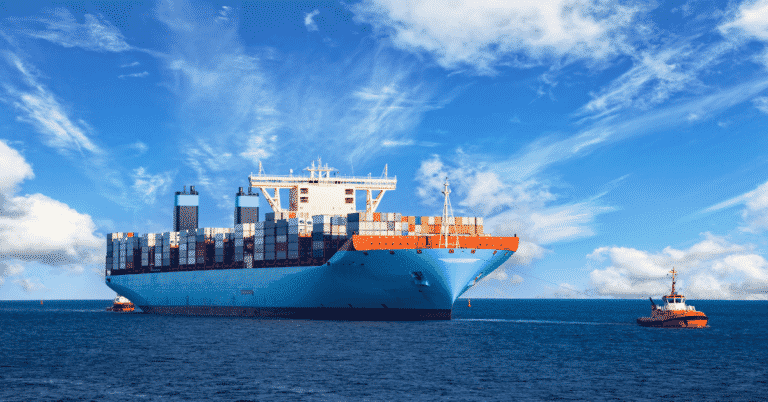What is Flotsam and Jetsam in Shipping?
Some nautical terms are often misinterpreted and misquoted. In this regard, two of the most commonly used terms – flotsam and jetsam can be described as being the perfect misnomers. Find out the difference between both the terms in the article inside.









